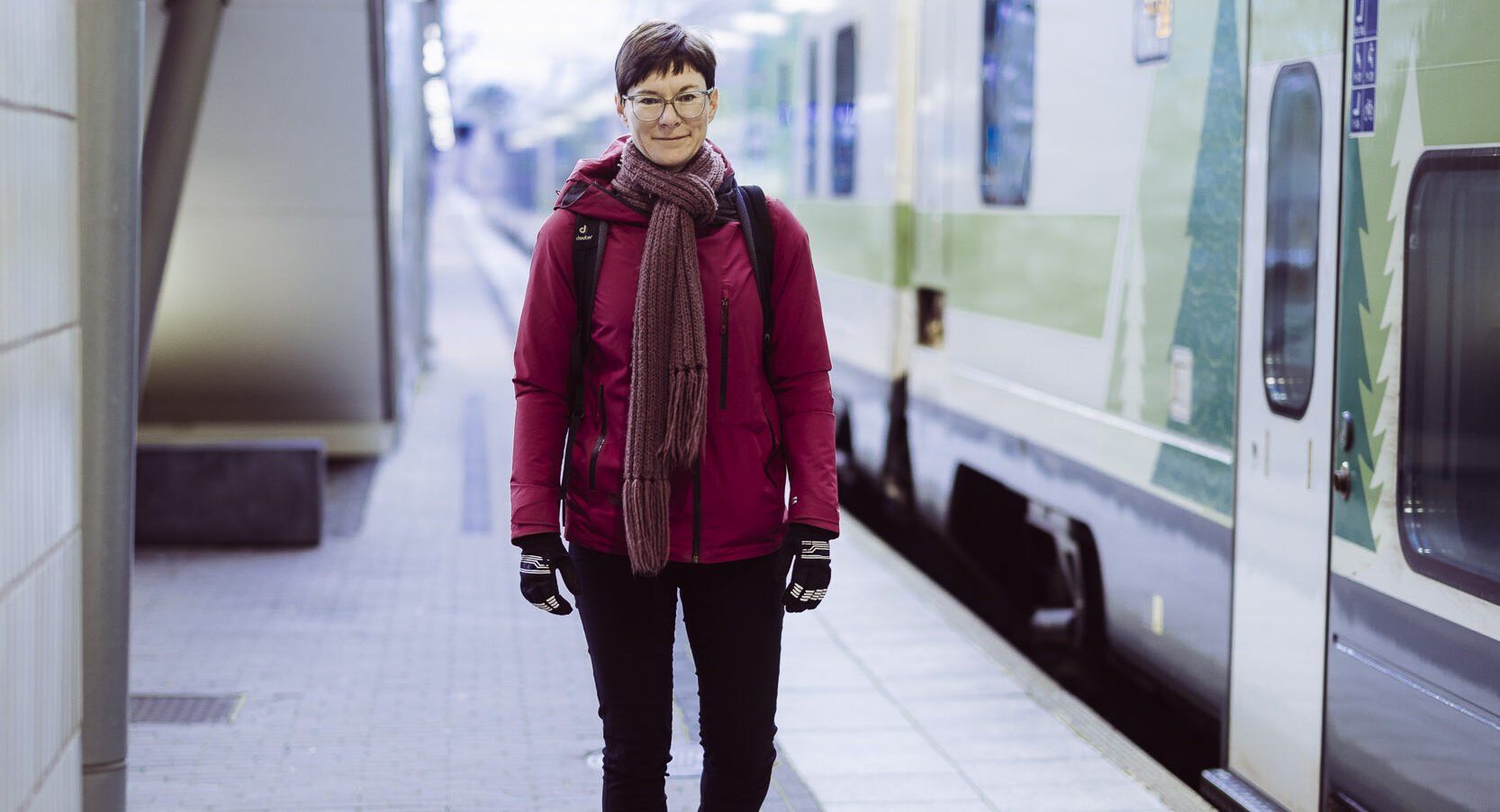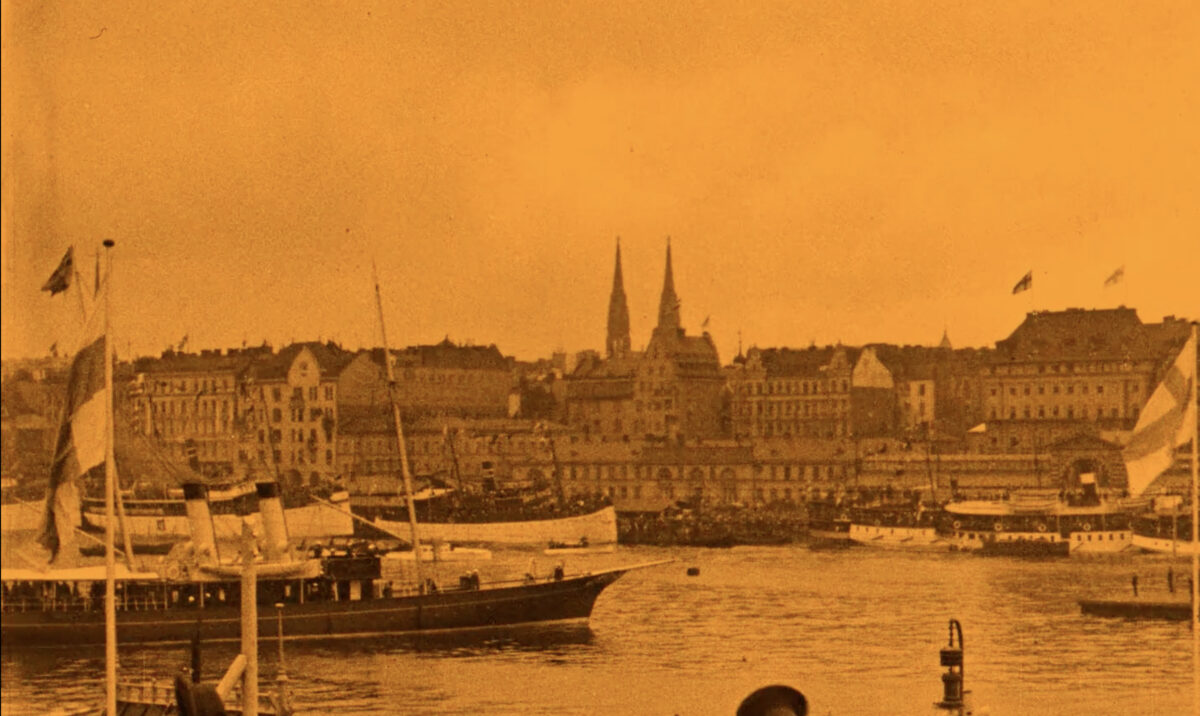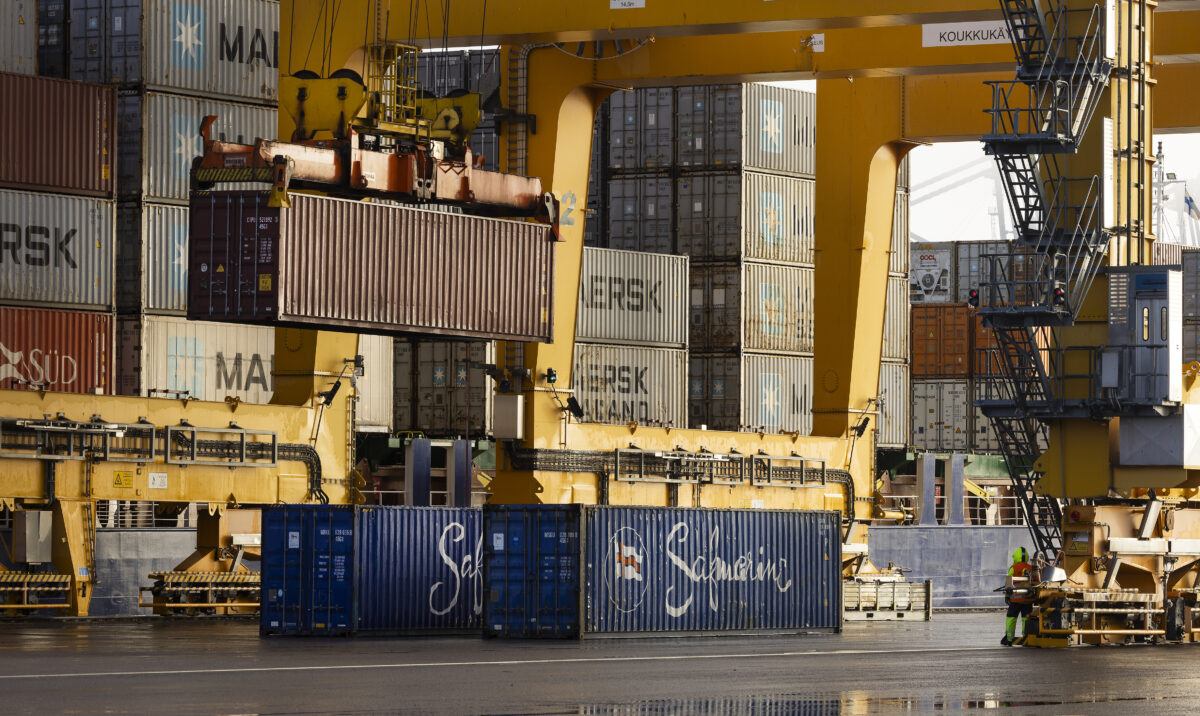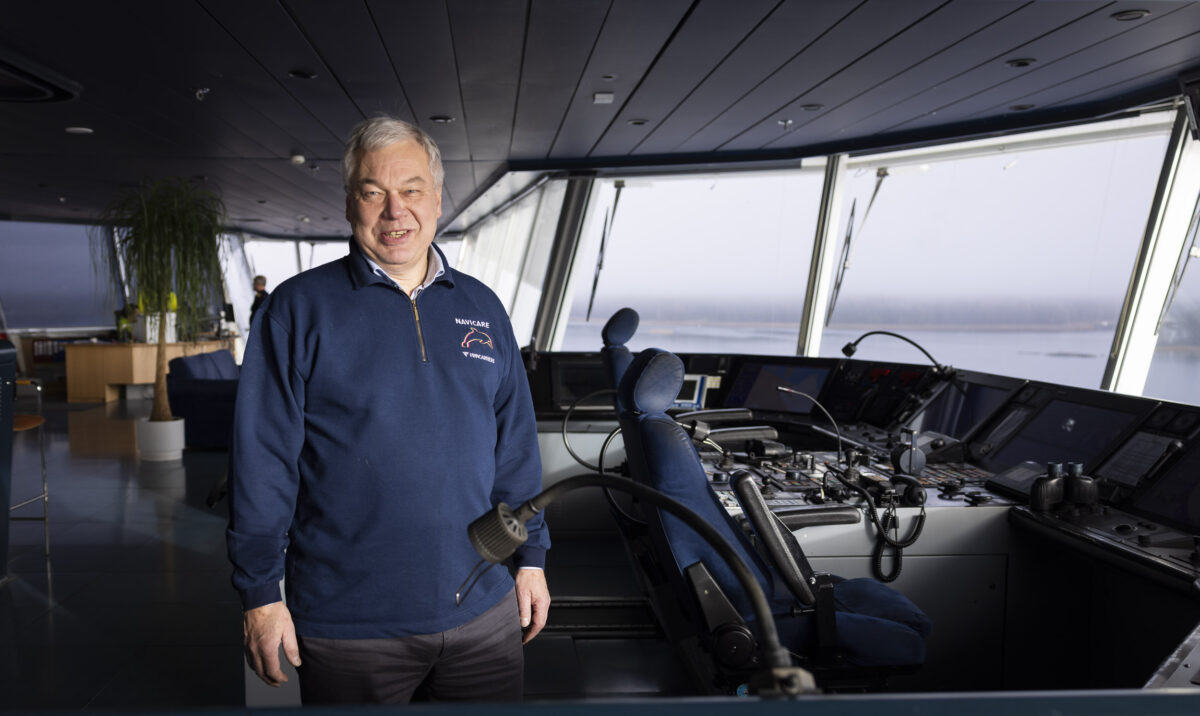
Growth will be slow at best
Nordea’s chief economist Tuuli Koivu explains how central banks’ austere monetary policies are causing economic weakness.
“Western central banks have been tightening their monetary policies for almost two years now in order to lower inflation. Economic growth will always end up suffering in these situations, as salary and price pressures will otherwise remain too strong. This is definitely the main cause of this weakness,” says Tuuli Koivu.
The eurozone has seen zero growth for a year now. Koivu thinks that a phase of weak growth is on the horizon in the United States. China, one of the main drivers of the world economy, was in practice still caught up in the coronavirus crisis until the beginning of 2023.
“The correction that occurred in China this year after the pandemic has remained a tad more modest than expected. China has not been the strong driving force that was expected due to concerns about the housing market and political environment.”
The downswing in the global economy has created a difficult operating environment for the Finnish export industry throughout 2023.
Will productivity increase without a technological leap?
The economy does not usually grow without increased productivity, and this has not been seen for some time anywhere in the world.
“After the financial crisis, overall trends in global productivity – and thereby economic growth – have remained more modest than expected. At least more modest than during the first decade of the millennium. Productivity in Finland has not risen for 15 years, and we belong to the weaker group in terms of developments in this area.
Koivu says that these poor trends in productivity are due to the lack of a technological leap. The IT revolution was the driving force behind growth at the turn of the 1990s and 2000s.
“We didn’t take such a huge technological leap during the 2010s. People are now wondering whether the same kind of thing could happen in the 2020s with the advent of, for example, artificial intelligence. There are some early and encouraging signs of this in the United States, but predicting the impact of innovations on the economy is very difficult, if not impossible,” says Koivu.
Productivity leaps have been linked to technological leaps for the past 70 years, and Koivu believes we can expect technology to boost growth now as well.
How would a productivity leap be reflected in maritime transport?
Koivu says that a technological revolution would also affect maritime transport and make it more efficient. That is, more cargo would be transported using the same workforce.
“If you want to increase productivity, the effects cannot be concentrated on just a couple of sectors. It must revolutionise all ways of working, from retail to the tax administration. One distinctive feature of productivity growth is that, in order to be reflected in growth figures, innovations must be broad-ranging and affect almost everything.”
Global trends in productivity growth, and thereby economic growth, have remained more modest than expected.
So silos will break down and transport chains will genuinely become parts of the same chain?
“Yes, and machinery and equipment will handle a larger proportion of it at all stages of the transport chain.”
Would productivity growth accelerate inflation?
Increased productivity could have mixed effects on inflation. Productivity often generates wellbeing and activates money, which increases demand pressures in the economy.
“If growth causes a wave of investments, there will naturally be price pressures. However, technological advancements can also be seen as deflationary in the sense that automation requires less input, which means that unit costs can be pushed down. It will then be lowering rather than raising prices.”
Koivu says that, in the current economic system, central banks keep inflation at about two per cent, which means that it’s down to productivity growth to keep the wheels of the economy turning. Stagnant prices provide no room for growth.
And what if Trump wins?
According to his campaign websites, Donald Trump is likely to run for president and is still advocating the same things he did when he was US President, which means barriers and tariffs on global trade. How would his potential second term affect Finland?
“Finland has a small, open economy that is forced to specialise. It naturally relies on a fairly free and rule-based trading system. Big disturbances in this will have an unfavourable impact on small, open economies. Large economies are less dependent on imports and exports. Trade barriers are worse for us than for major economies.”





